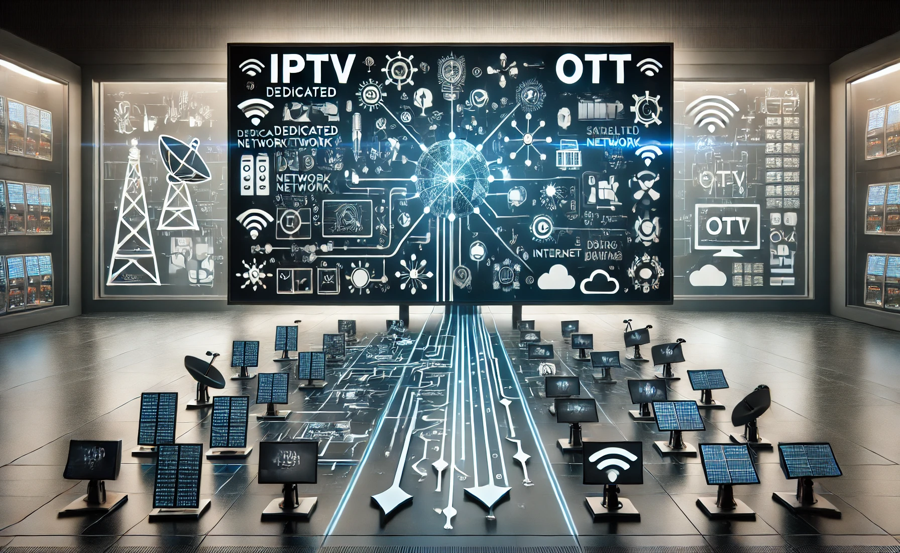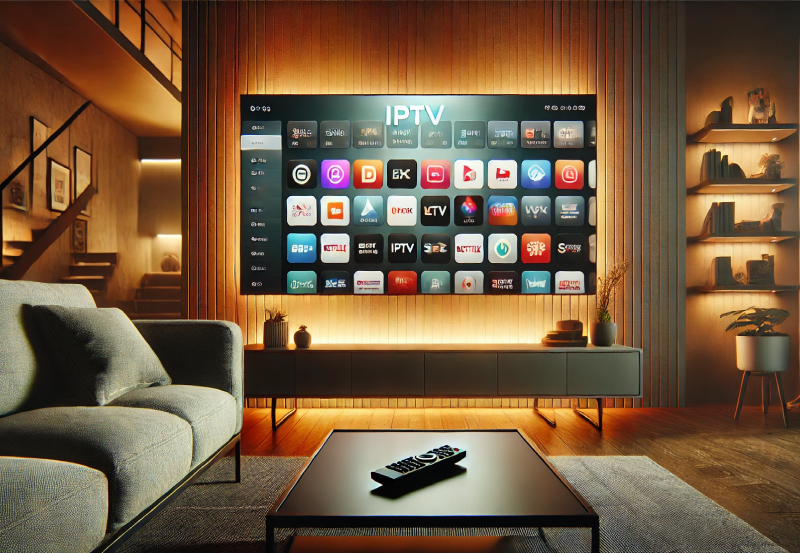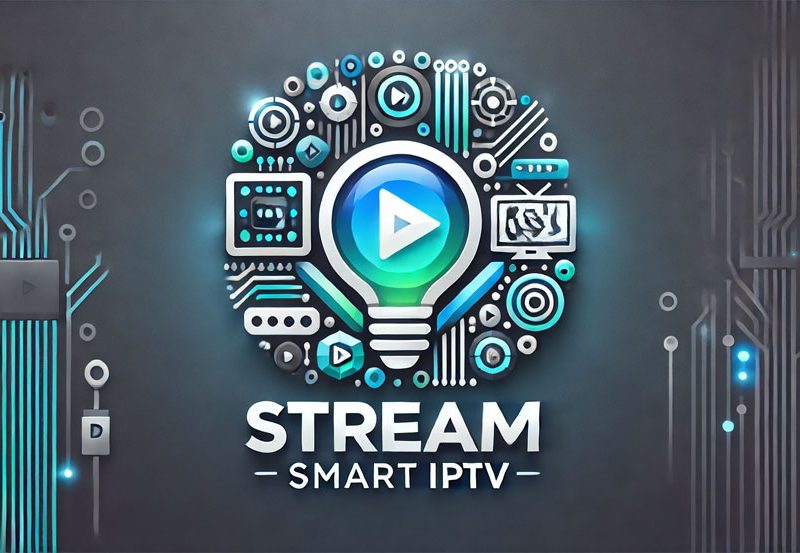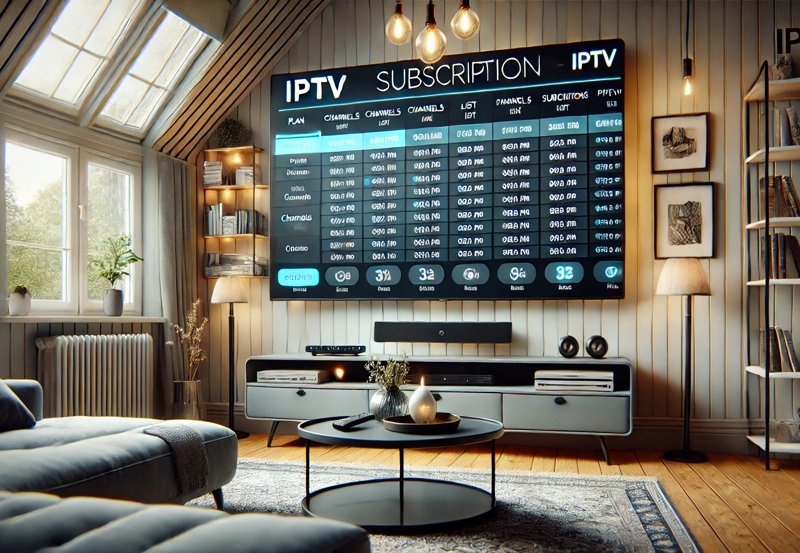With the rapid evolution of streaming services, terms like IPTV (Internet Protocol Television) and OTT (Over-the-Top) have become common in the industry. Although both IPTV and OTT deliver content over the internet, they operate differently in terms of technology, delivery methods, user experience, and infrastructure requirements. Understanding the differences between IPTV and OTT can help you choose the right platform for your entertainment needs or business goals.
What is IPTV?
IPTV (Internet Protocol Television) refers to the delivery of television content over a dedicated IP network. IPTV typically requires a specific setup, often provided by telecom companies or internet service providers (ISPs), who use private networks to deliver content directly to subscribers. want Buy 1 months IPTV subscription
Key Features of IPTV
- Dedicated Infrastructure: IPTV uses a private and controlled network infrastructure provided by the ISP, ensuring a stable, high-quality connection.
- Quality of Service (QoS): Since it uses dedicated bandwidth, IPTV offers a higher Quality of Service, reducing buffering and maintaining high video quality.
- Real-Time Streaming: IPTV is designed for real-time content delivery, making it ideal for live TV, news, and sports.
- Interactive Features: IPTV often includes interactive features like Video on Demand (VOD), time-shifting, and catch-up TV.
How IPTV Works
IPTV works by sending compressed video data over IP-based networks. It typically involves three primary delivery formats:
- Live TV: Real-time broadcasting of television channels.
- Time-Shifted TV: Enables viewers to watch previously aired programs at their convenience.
- VOD (Video on Demand): Access to a library of movies, shows, and other content for on-demand viewing.
Advantages of IPTV
- Reliable Streaming: Delivers content through a private network, reducing the risk of interruptions and maintaining consistent quality.
- Higher Quality: Provides high-quality audio and video with minimal buffering.
- Controlled Content: Offers a closed system, ensuring compliance with regulations and security.
Disadvantages of IPTV
- Dependency on ISP: IPTV requires a dedicated setup with the ISP, which can limit flexibility.
- Higher Costs: Setting up a private network and the necessary hardware can be costly.
- Limited Accessibility: Available only to those with an IPTV-enabled ISP subscription.
What is OTT?
OTT (Over-the-Top) refers to delivering video content directly over the open internet without the need for a dedicated or private network. OTT services are generally accessible via apps and websites on various devices, such as smartphones, Smart TVs, tablets, and laptops.
Key Features of OTT
- Accessible Anywhere: OTT is available to anyone with an internet connection, allowing users to access content across devices.
- Flexible Content Access: OTT platforms, such as Netflix, YouTube, Hulu, and Disney+, offer on-demand access to content from anywhere in the world.
- Scalability: With no infrastructure dependencies, OTT services can scale globally without the constraints of a private network.
- Ad-Supported Models: OTT platforms often support multiple monetization models, including subscription-based (SVOD), ad-supported (AVOD), and transactional (TVOD).
How OTT Works
OTT uses the open internet to deliver content. Users simply need an internet connection and a compatible device to access OTT services. Content is often delivered using Content Delivery Networks (CDNs), which cache data on servers closer to the end-users to reduce latency and improve streaming quality.
Advantages of OTT
- Accessibility: Available to anyone with an internet connection, making it widely accessible.
- Flexible Monetization: OTT platforms offer multiple monetization options, catering to various audience preferences.
- Device Compatibility: Accessible across multiple devices, allowing users to watch content on-the-go.
Disadvantages of OTT
- Variable Quality: Quality depends on the user’s internet connection, which may lead to buffering and lower quality on slower networks.
- Limited Control: Lacks the stability and control of a private network, potentially impacting content delivery.
- Data Consumption: High-definition streaming can quickly consume data on limited internet plans.
IPTV vs. OTT: Key Differences
| Feature | IPTV | OTT |
|---|---|---|
| Delivery Network | Private, controlled network | Open, public internet |
| Service Provider | ISPs or telecom companies | Independent streaming platforms (Netflix, etc.) |
| Device Compatibility | Limited to IPTV-enabled devices | Broad compatibility with smartphones, tablets, Smart TVs |
| Quality of Service | High, due to dedicated bandwidth | Variable, depends on internet quality |
| Content Control | High, with closed network compliance | Low, distributed over public networks |
| Content Types | Live TV, VOD, time-shifted TV | On-demand, live streaming, user-generated content |
| Cost | Subscription-based, often bundled with ISP plans | Flexible pricing, including free, ad-supported, and subscription |
| Scalability | Limited by network infrastructure | Highly scalable across regions |
| Interactive Features | Time-shifting, catch-up, VOD | Varies; some offer limited interactivity |
IPTV vs. OTT: Which is Better?
Choosing between IPTV and OTT depends on your needs and preferences:
- For Live Streaming Needs: IPTV is generally better for live TV because of its reliable network infrastructure, providing minimal latency and higher video quality.
- For Flexibility and On-Demand Content: OTT is ideal for those who prioritize on-demand content, device compatibility, and flexible viewing locations.
- Cost-Effective Option: OTT services often provide a more budget-friendly solution with various monetization models, including free, ad-supported streaming.
When to Choose IPTV
- If you want a dedicated and stable connection for live TV without buffering issues.
- If you prefer an all-in-one service that includes live channels, on-demand, and time-shifted content.
When to Choose OTT
- If you prioritize flexibility and want access to content on multiple devices.
- If you’re looking for on-demand movies, shows, and original content from platforms like Netflix, Hulu, or Amazon Prime Video.
- If you prefer subscription options that can be canceled anytime without ISP dependencies.
Conclusion
Both IPTV and OTT offer unique advantages, and choosing between them depends on your streaming needs, budget, and desired features. IPTV provides a structured and stable streaming experience with higher quality for live content, while OTT offers unmatched flexibility, device compatibility, and scalability for on-demand viewing. By understanding the differences between these two platforms, you can make an informed decision that best suits your lifestyle and entertainment preferences.
what is Kodi and How can install?





